
In this series of blogs we're exploring the various OSR RPG systems in the community and how they compare to one another and the original D&D rules.
This week we look at White Box: Fantastic Medieval Adventure Game by Seattle Hill Games which is a retroclone of Original D&D. The name implies this, harkening back to the original 'White Box' that the OD&D rules came in. White Box is further based on Swords and Wizardry another retroclone of Original D&D. It comes in one volume that runs about 143 pages and as with many retroclones contains everything you need to run and play a game including character creation, equipment lists, monsters, magic, treasures and procedures for combat, dungeon and wilderness exploration.
White Box keeps things simple. It reduces the number of classes from S&W back down to those found in the core of Original D&D. The Cleric, Fighter, Magic User and Thief. Classes such as the Assassin, Druid and Monk are omitted and technically even the Thief is an 'optional' class mirroring its inclusion in the later Greyhawk Expansion of OD&D.
The core 3 'races' of Dwarf, Elf and Halfling remain in White Box as well. These work in a similar way to how they did in Original D&D. Once you pick your 'main class' you can then pick a respective class as long as you meet the requirements. A Dwarf for example can only be a Fighter or a Thief. The races provide bonuses such as the Elves higher chances to spot hidden doors or the Halflings +2 bonus when firing missiles. The main penalty in picking these racial options is they can't advance beyond certain levels, a Dwarf can never be higher than level 6 whilst an Elf can never go beyond 4th level as a fighter and 8th as a Magic-User.
This is subtly different to picking a race and class as with many modern variants of D&D such as 5E but also differs from the 'race as class' model of the likes of Moldvay Basic D&D.
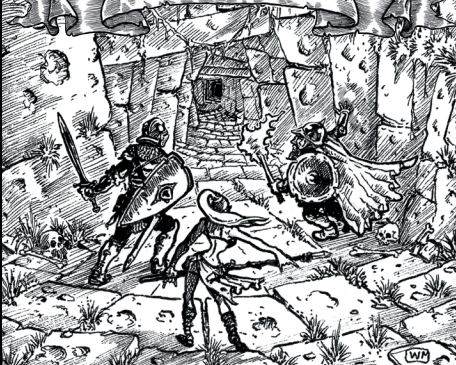
The classic D&D stats of Strength, Dexterity, Constitution, Intelligence, Wisdom and Charisma are within White Box. This order of stats is also the order the game presents them in, compared to Original D&D where the order was Strength, Intelligence, Wisdom, Dexterity, Constitution and Charisma. An arguably inconsequential detail but an interesting one nonetheless. The model White Box uses is the one used in modern editions of the game such as 5E and splits the 'physical' stats with the 'mental' stats. The older order listed the 3 'prime requisites' (Str, Int, Wis) before the 'general' stats. (Dex, Con, Cha).
Prime requisites are no longer a thing in modern D&D so the new order makes somewhat more sense, however Prime Requisites do exist within White Box as a rule but the game chooses to use the new ordering of ability scores. This is perhaps just due to familiarity and is an interesting example of how these minor quirks of the rules get forgotten or muddled over time.
Your ability scores are rolled in the classic 3d6 in order as with Original and Basic D&D. The ability score bonus spread is kept incredibly low as with Original D&D and Swords and Wizardry. A 3-6 provides a -1, a 7-14 a +0 and a 15-18 a +1. This differs from the much wider range found in the likes of Moldvay Basic where bonuses spread from -3 to +3.

What your ability bonuses do remains broadly the same as in Original D&D. Strength is for melee and Dexterity for ranged attacks. Constitution gives a +1 to health per hit die. Charisma affects how many Hirelings you can have and their morale. Intelligence provides additional languages and Wisdom does very little beyond being the Prime Requisite for a Cleric. One new rule from White Box compared to Original & Basic D&D is that Wisdom and Intelligence can reduce the target's saving throw bonus.
This is made somewhat easier to track as White Box only uses one Saving Throw with a situational modifier, rather than the Saving Throw Matrix which is still provided but as an ‘optional rule.’ This single save is still linked to your class choice and increases as you level and remains a d20 roll high check.
Combat follows a simplified, homebrewed procedure that assumes side based combat turns and initiative to be re-rolled every round. There’s no strict order of movement/missiles/casting as there is in Original D&D and instead things play out somewhat more freeform which is often how combat is ran in practice.
Optional initiative rules bring back the old procedure but in a more simplified form. Optional rules are scattered throughout White Box as you may have noted to give the referee flexibility to choose what they want to add to the game and subtly telling them that it’s ultimately their game to ‘rule’ however they wish.

Options for both ascending AC and ‘THAC0’ are offered in the game, much as with other retroclones such as Old School Essentials. All damage values as well as HD values use a d6, with the likes of a Fighter getting d6+1 hit points and a weapon like a battleaxe dealing an extra +1 damage. This is instead of variable weapon damage and hit die as seen in Moldvay Basic.
Death is at 0 as with Original D&D however an optional rule is given that a character is unconscious at 0 and dies when they reach a predetermined negative number which is often a common house rule.
There’s a further optional rule allowing wounds to be bound which heals 1d4 HP following a battle. This can only be done post battle. This significantly increases the mundane healing rate compared with 1 HP per day in Original D&D and allows for longer ‘forays’ before returning to town especially without the aid of healing magics or potions.

The game's spell system uses the classic Vancian model where spells are memorised, cast and then forgotten. Spell numbers remain low and follow a similar low ‘quadratic’ growth pattern that stays close to the same table in Original D&D. There’s a full spell list of all the familiar inclusions such as Fireball, Cure Light Wounds and Magic Missile albeit in a condensed and simple to read format.
Experience is awarded in the same classic fashion as Original & Basic D&D of 1 gp = 1 xp along with small amounts of monster XP to supplement this. Some guidance is further given for other ways to award players such as extra XP for an ‘epic victory’ and half XP for an ‘abysmal failure.’
Encumbrance is calculated in pounds rather than coin weight though mirrors the coin weight values with 1 coin weighing 0.1 lbs. Encumbrance primarily affects movement rate and scales somewhat differently but roughly with the same logic of Original D&D.

Any weight up to 75 lbs in White Box allows a full movement of 12”. Within Original D&D any weight up to 750gp (10 x 75) allows a movement of up to 12”. This movement is calculated in terms of tens of feet per turn, allowing for two moves per turn and additional ‘careful’ movement rate is given for exploring dungeons.
Basic D&D would split this all up a bit more cleanly into Movement Speed/Run Speed and Exploration Speed. Moldvay Basic does have somewhat harsher encumbrance rates overall with 400 coins of weight being the max you can carry until you are slowed down however this is caveated by the fact many individual items such as torches, rope etc in the system weren’t tracked with coin weight and instead given an abstracted overall value of 80.
White Box also gives differing movement rates for Dwarves and Halflings compared to Elves and Humans which wasn’t a rule within Original D&D.
There's monsters too! They are of the variety you'd expect such as Bugbears, Dragons, Giant Centipedes and Ogres. Each has an ascending and descending AC offered and all hit die is in d6 as with Original D&D and differing to the d8 found in Moldvay Basic. A Hit Dice Equivalent (HDE) value is a new inclusion that provides a way to separate monsters into clearer 'difficulty levels' to provide better guidance for the referee when designing adventures. This is almost a 'precursor' the CR systems you'd see in WOTC editions of D&D such as 3.5 and 5E.

Some of the more idiosyncratic rules lost in time from Original D&D are included such as how to resolve a joust! Which in this case effectively plays as 3 rounds of combat where nobody can die but goes unconscious at 0. This is assuming you use a blunted joust and if the lances are not blunted they may kill, allowing some despicable Game of Thrones esque murder shenanigans.
White Box has a lot of little changes to Original D&D but they remain minor throughout. Fighters get a +1 to hit at level 2 whereas in Original D&D they get a +0 and have to wait for level 4 to get a +2. XP numbers are somewhat adjusted towards the high end and cap out at 10. With a Cleric for example needing 384,000 XP to get to level 10 whereas this number was 300,00 in Original D&D as well as Moldvay Basic.

White Box is one of the cleanest retroclones of OD&D available and relatively speaking is very faithful to the original material as well, it provides a light core of rules to play with whilst still providing just enough to satisfy and the referee is heavily encouraged to adjudicate things on their own terms. It certainly doesn't attempt to reinvent the wheel as other retroclones such as DCC do, but it isn't trying to either. It’s definitely worth a look if you want a clean, simple and easy to reference rendition of Original D&D in your life with lots of flexibility to add your own rulings to.

Thanks for reading! If you're interested in a trio of old school fantasy adventures check out Albion Tales.
Subscribe to the Leyline Press newsletter here to receive updates on our blogs, promotions, games and more.
Follow us on twitter @leylinepress
Follow us on facebook @leylinepress
Follow us on instagram @leylinepress
Follow us on tiktok @leylinepress
Subscribe to this blogs RSS feed by pasting this into your feed reader - https://leyline.press/blogs/leyline-press-blog.atom
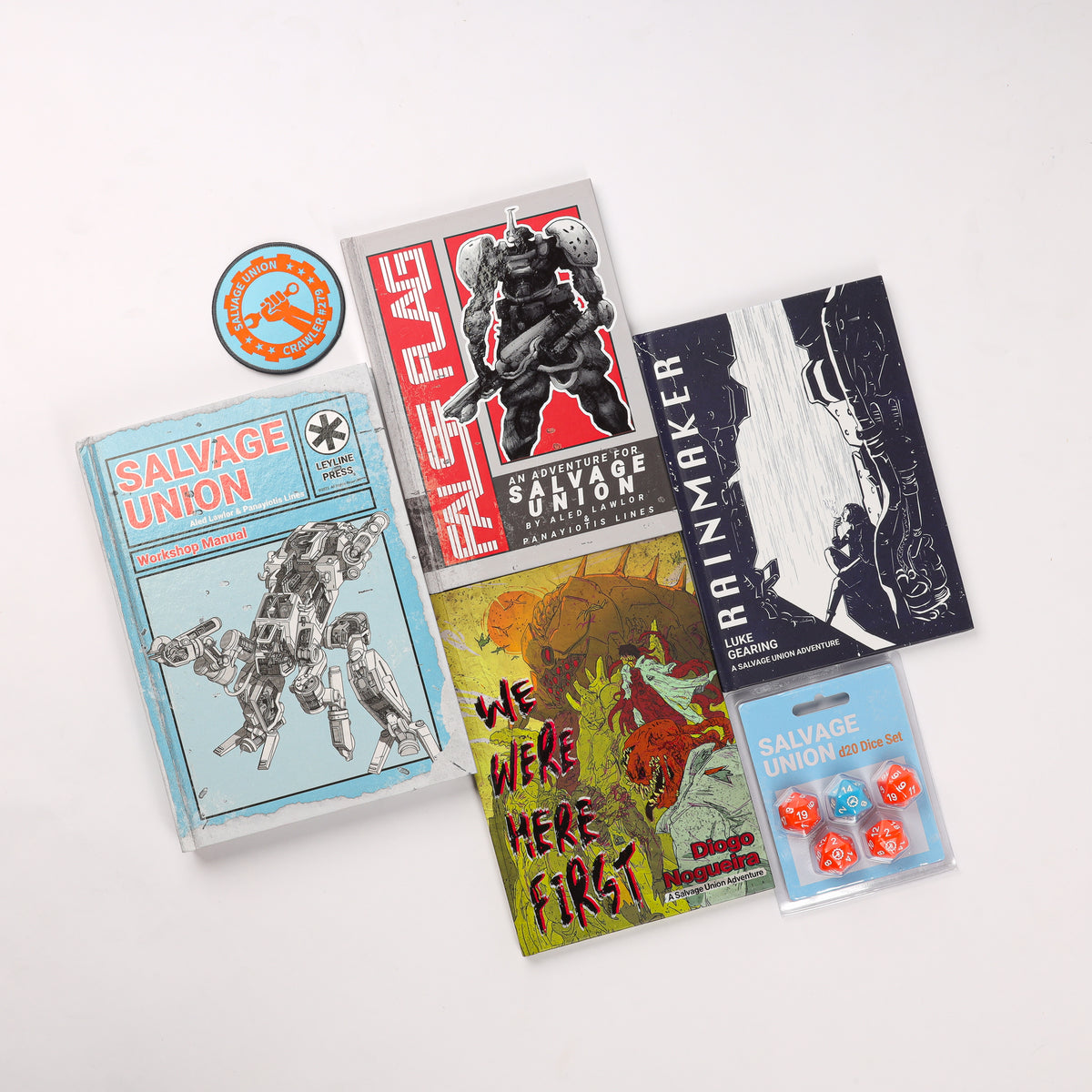
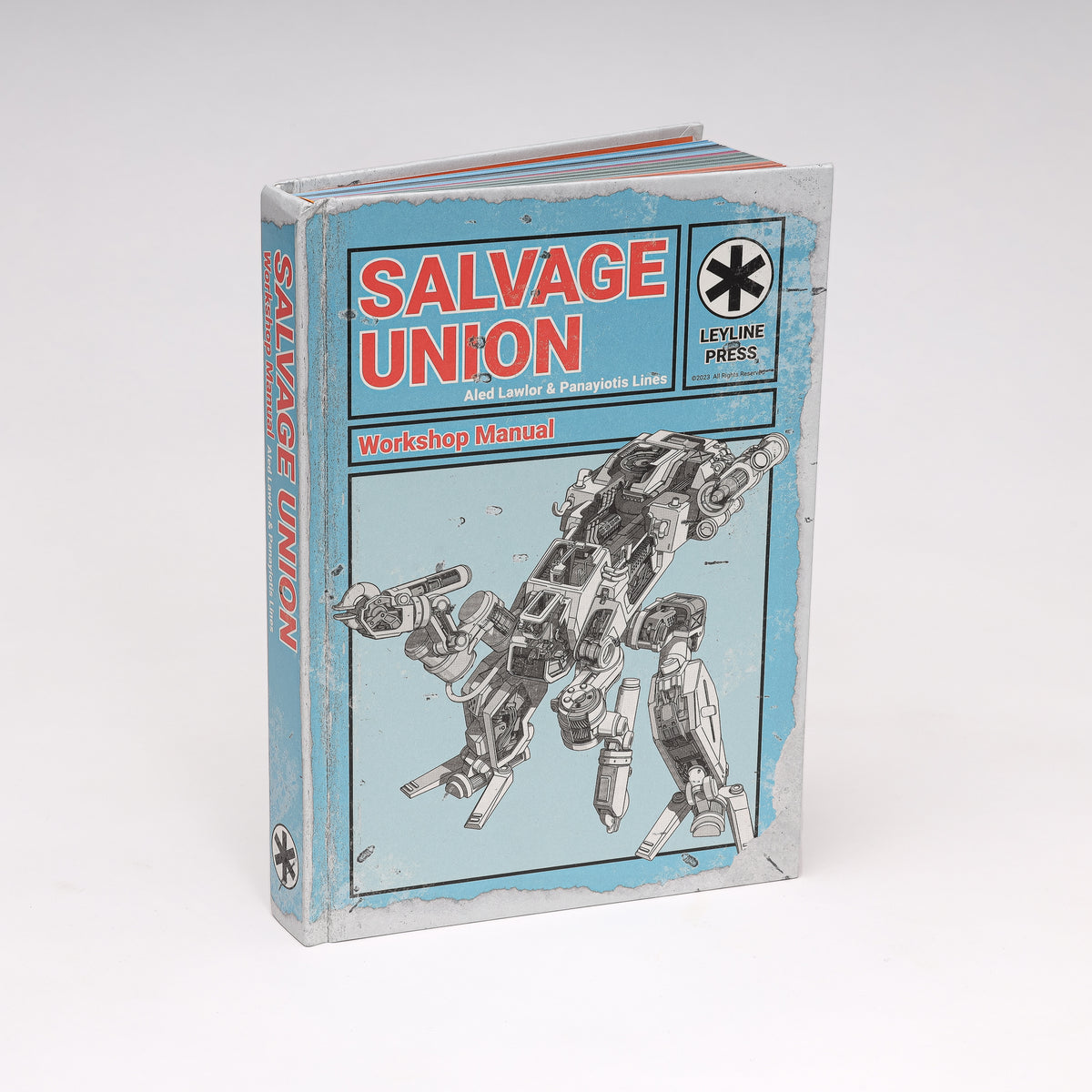
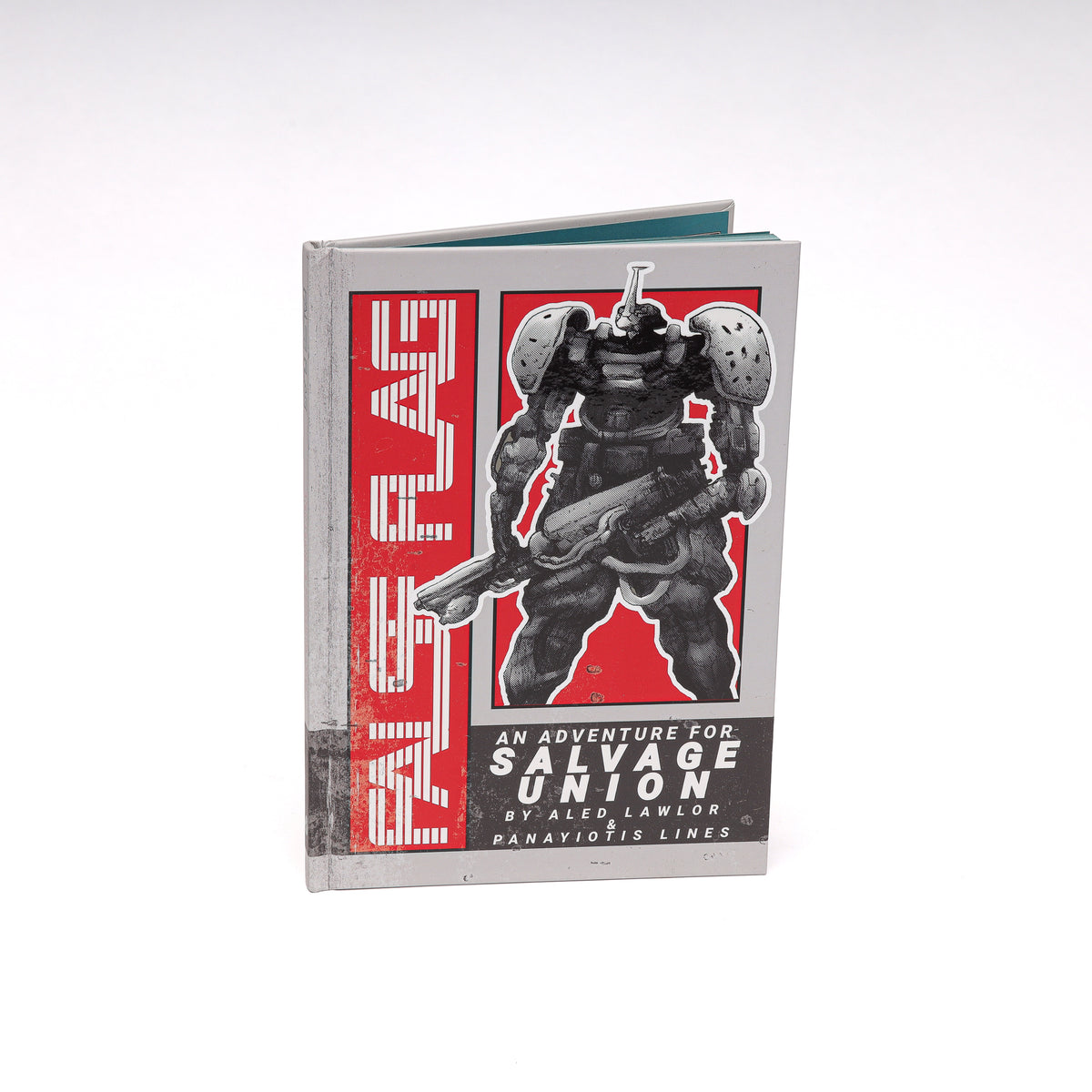
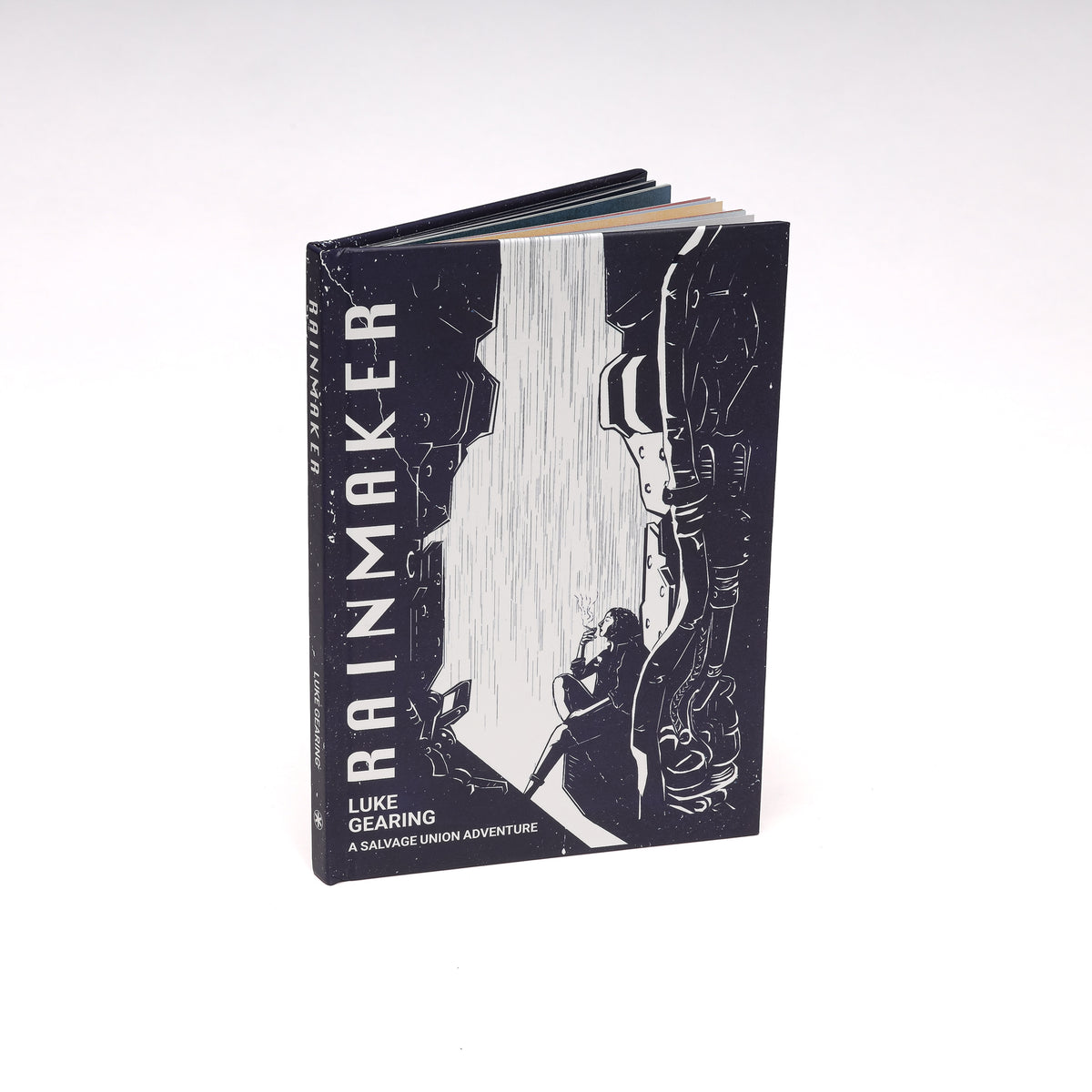

4 comments
Thanks for the article! But you didn’t mention that in White Box are missed some mechanics like %in Lair, evasion and pursuit, castles,. number of monsters Appearing, I think these are cool things, and I don’t know why the author of WB FMAG didn’t mention them…
Healing after combat is D6 (page 39). Not a d4 as the other comment here says. Not sure where they are reading that from.
White box is imho the cleanest od&d emulator
imho
Excellent article and thank you for promoting the old school vibe ;-) Just a small correction, by the optional rule “Binding Wounds” you get a 1d4 HP back and not a 1d6! (Page 41)